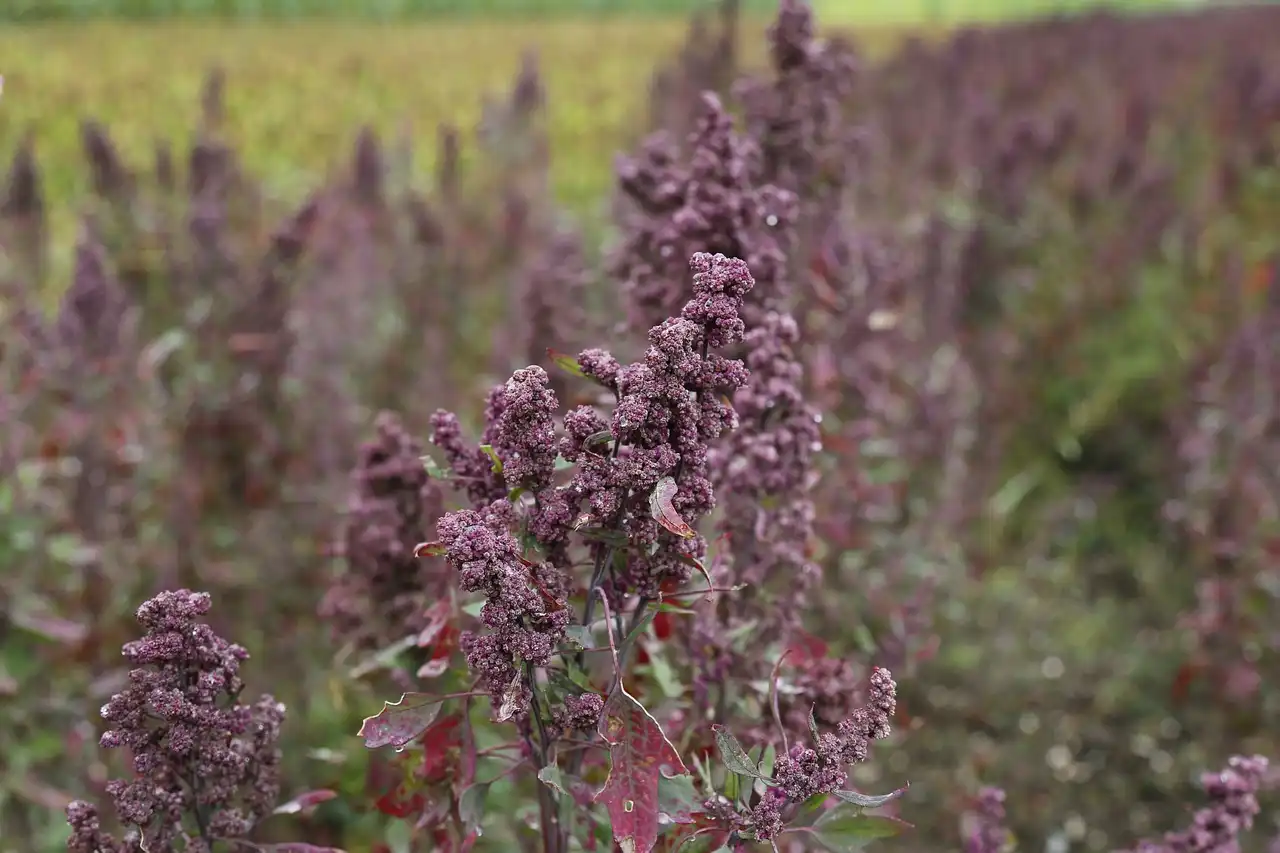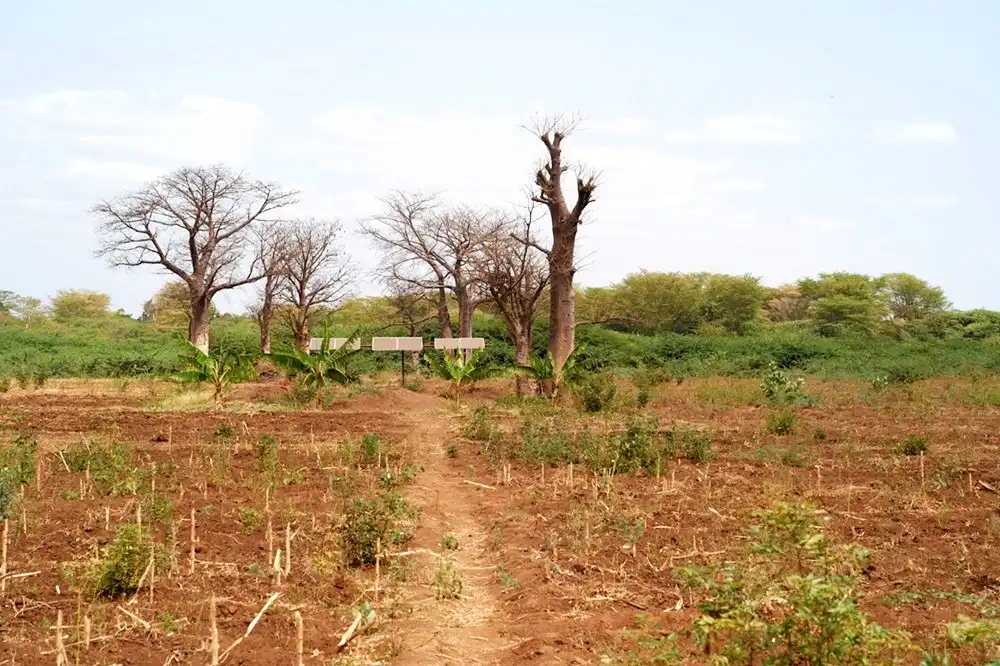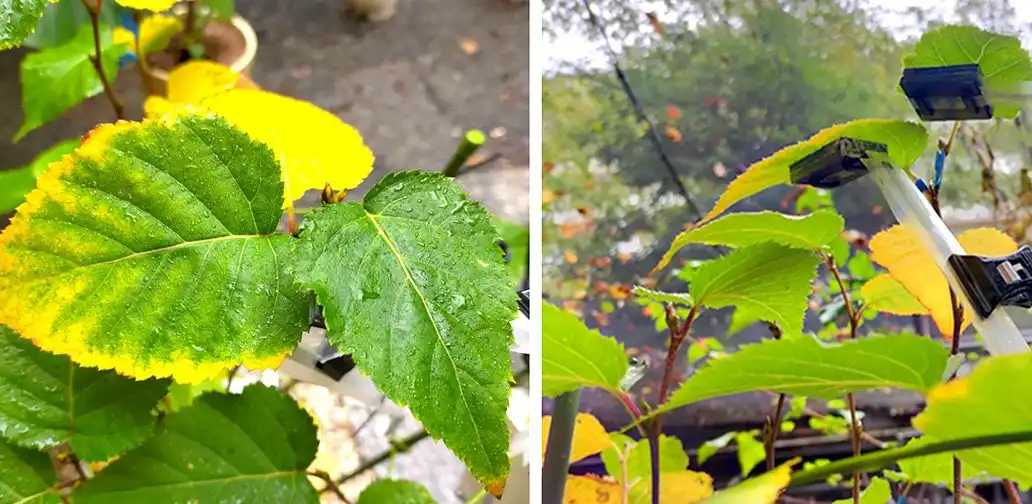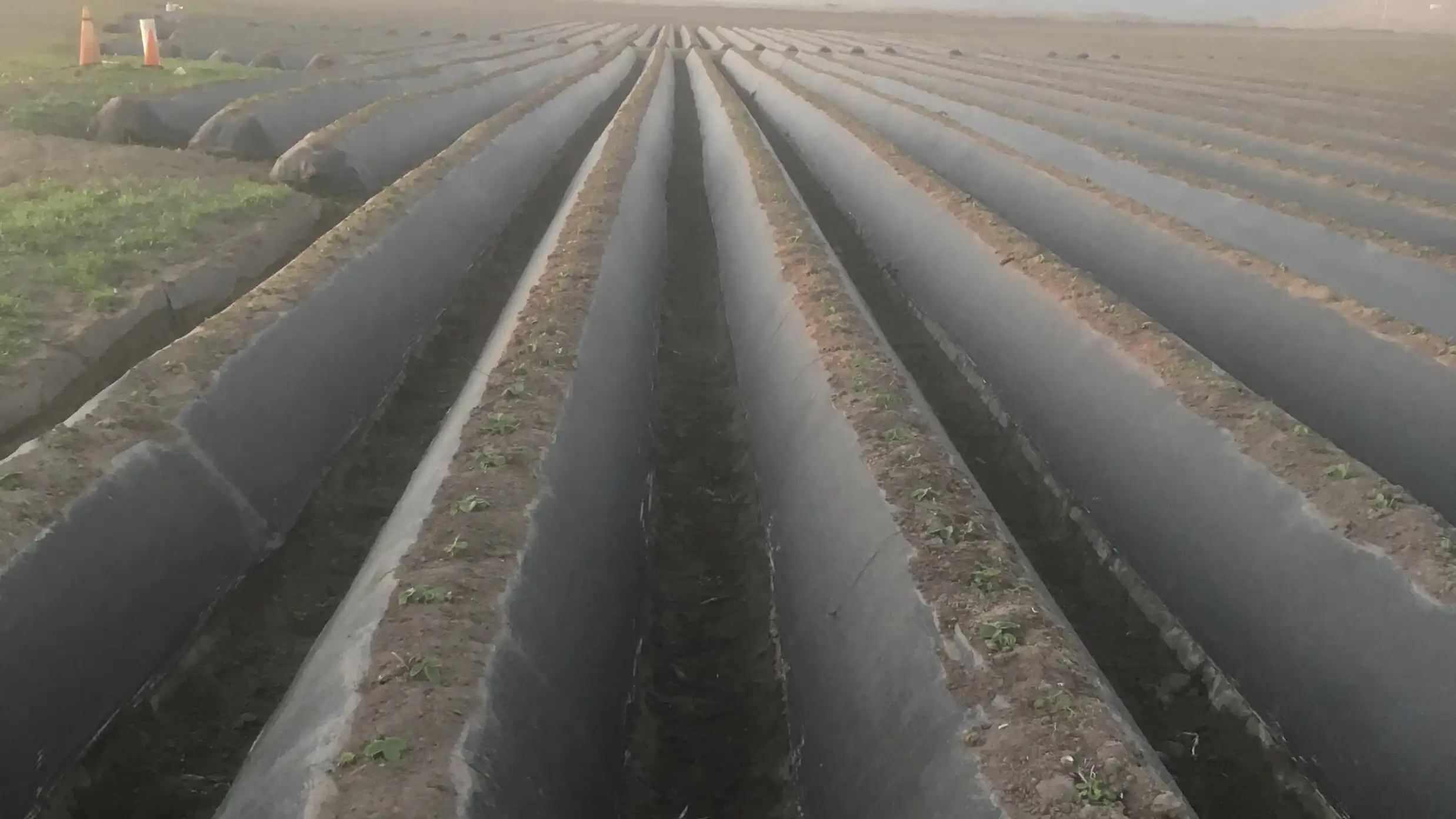
Scientists have developed a diagnostic tool to identify quinoa plants resistant to downy mildew, aiding breeders in creating resilient varieties. The tool also ensures quinoa seed shipments are disease-free, preventing outbreaks. As quinoa's popularity rises, the tool offers insights into…
Read More











